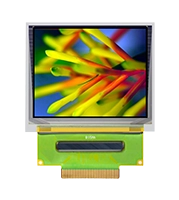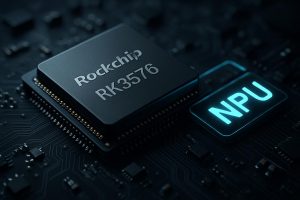How RK3576 Enables Edge AI Applications in Industrial Control Panels
In many factories, automation is gradually shifting away from simple PLC-driven control and static HMI pages toward systems that can understand their surroundings, process data locally, and react almost immediately. People usually refer to this...






